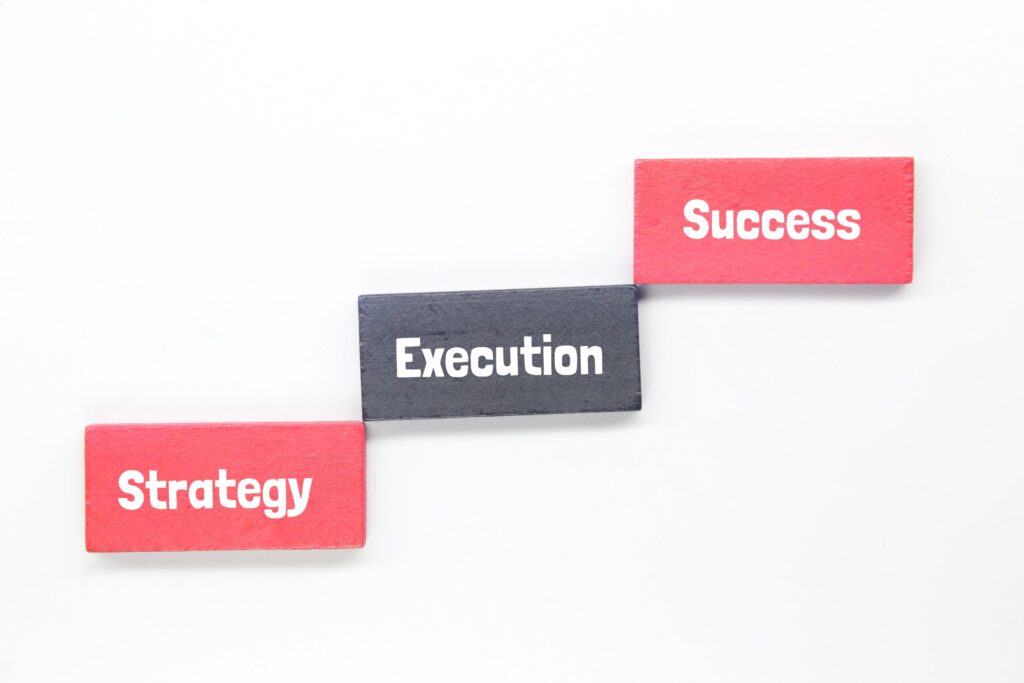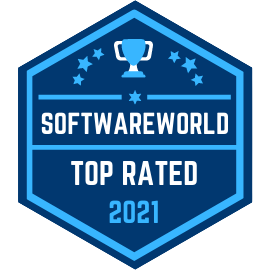Microsoft Fabric Implementation Options: Jumpstart Programs vs. Phased Approaches

Choosing how to implement Microsoft Fabric is just as important as choosing the platform itself. Explore the differences between Jumpstart programs, phased rollouts, and hybrid models to find the approach that best aligns with your goals, complexity, and timeline.
From Prototype to Production: Scaling Your Smart Product Manufacturing

A successful prototype is a major milestone—but it’s not the finish line. This article unpacks why so many IoT products stall before production and what it takes to scale successfully.
Building the Business Case for Microsoft Fabric: Beyond Technical Capabilities

Many organizations invest in modern data tools—yet still face delays, silos, and inefficiencies. This article explores how to build a compelling business case for Microsoft Fabric by shifting the focus from features to impact: faster insights, lower costs, and a unified path to scalable, AI-ready growth.
The Hidden Complexity of Smart Product Development: Why Most Manufacturers Struggle

Smart product development is more complex than it looks. From technical missteps to misaligned teams, we explore why most manufacturers struggle—and what the most successful teams do to move from prototype to production with confidence.
The Evolution of Data Platforms: How Microsoft Fabric Changes the Game

Traditional data systems weren’t built for the scale and speed businesses need today. Learn how Microsoft Fabric is changing the game—by unifying analytics, governance, and AI-readiness into one powerful platform.
Five Signs Your Business Needs Custom Software

Companies invest in custom software to solve problems, streamline operations, or gain a competitive edge—but too often, the final product falls short. Systems don’t integrate, employees resist using them, and business goals remain out of reach.
The Power of Personality within Teams

Personality assessments like the Kolbe Index can help teams identify strengths and foster collaboration, allowing members to work together more effectively and drive business success.
The Art of the Fake Commute and How It Saved My Mental Health

Remote work offers flexibility but also presents challenges such as blurred boundaries and isolation. Discover how simple strategies, like setting clear routines and boundaries, can help remote workers thrive both personally and professionally.
Flutter Plugin Development: A Comprehensive Guide: Part 2

In Part 2 of this series, we dive into building a federated Flutter plugin that accesses platform sensors, focusing on implementing gyroscope functionality. You’ll learn how to create a shared platform interface, implement native code in Swift and Kotlin, and stream real-time sensor data to Flutter applications.
The Value of Unit Tests and Testing Code with Non-Mockable Dependencies

Learn how to improve testability in mobile development by wrapping third-party SDKs in Swift protocols, making unit tests easier and increasing code flexibility.
The Power of Alignment: Preparing Your Organization for Software as a Core Offering

Expanding into software development requires strategic alignment, assessing internal capabilities, and taking ownership of the software lifecycle. By ensuring your organization is prepared in these areas, you can successfully integrate software into your offerings and drive long-term success.
Why I Love CallBox: A Developer’s Perspective
CallBox is a comprehensive software framework that streamlines IoT development by handling common tasks like device provisioning, OTA updates, and data analytics. With its modular structure and built-in tools, CallBox lets developers focus on innovation, improving productivity and speeding up development cycles.




